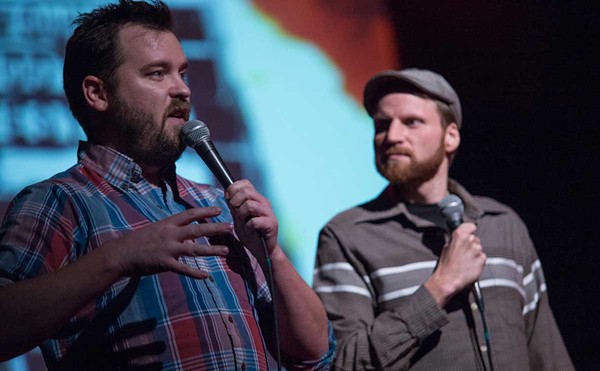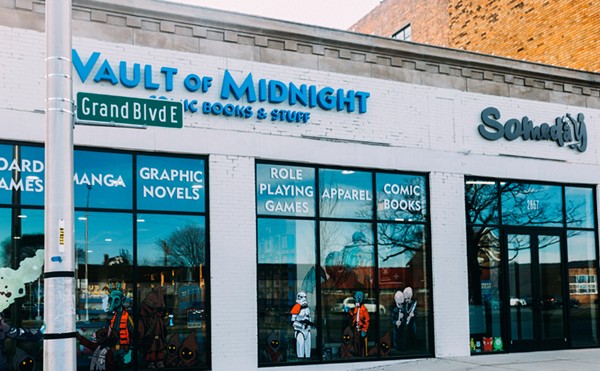It's generally agreed that director Howard Hawks' 1946 classic film noir The Big Sleep is one of the toughest detective films ever made, but not in the brass-knuckles sense. Its steely intransigence derives from the fact that no matter how many times you watch it, you're never quite sure what the hell is going on. Sure, labyrinthine plots are a noir staple (especially of the private eye subgenre), but even the seemingly loose ends of such knotty fever dreams as The Maltese Falcon (1941, dir. John Huston) or Murder, My Sweet (1944, dir. Edward Dmytryk) fall into place on a second or third viewing.
But Sleep never yields. Even its director and esteemed trio of writers (William Faulkner, Jules Furthman and Leigh Brackett) weren't totally sure of who was killing whom and for what reason. One of Hollywood's most famous anecdotes has the filmmakers consulting Raymond Chandler, author of the original novel, only to discover that even he couldn't manage to sort it out.
It's also generally agreed that none of this really matters, that Sleep's inscrutability doesn't get in the way of its appeal. It begins straightforwardly enough, with self-styled shamus Philip Marlowe (Humphrey Bogart) being asked by the decrepit and fantastically rich General Sternwood (Charles Waldron) to (ostensibly) find out what sort of trouble his spaced-out younger daughter Carmen (Martha Vickers) has gotten herself into. But soon the shady characters and sudden deaths are accumulating with a rapidity that taxes comprehension, and by the time it becomes clear that all roads lead to one Eddie Mars, the response of even the sharpest viewer is bound to be, "And Eddie Mars is ...?"
All noirs are tangled webs with the protagonist in dubious battle against hidden, conspiratorial forces -- Sleep merely thickens the web, until finally the hero's goal is not comprehension but getting out alive. And if one is willing to relinquish the burden of trying to parse the plot, one can then enjoy the movie's archly humorous dialogue (much of the film's first half plays like a comedy, a typical Hawksian approach to genre drama) as well as the taut set pieces. The scene involving the great Elisha Cook Jr. as the hapless Harry Jones is particularly impressive -- it's the only one of the film's many on-screen deaths which really registers, puncturing the prevailing mood of macho swagger.
Then there's the chemistry between Bogart and Lauren Bacall as Vivian, Carmen's older sister. Bogie and Bacall met and fell in love on Hawks' To Have and Have Not (1944) and their byplay in that movie was a big hit with audiences. She made a second film, Confidential Agent, minus Bogart and to an indifferent response. After Sleep was shot (and premiered overseas), it was decided that given the fiasco of Agent and the publicity surrounding the fact that Bogie and Bacall were newly married, her role should be beefed up -- meaning more scenes should be added with her and Bogie sparring in the cool double-entendre manner of the day.
This beefed-up version is the one film buffs have been watching for 50 years. The version to be shown at the Detroit Film Theatre will be the original. Rumor has it that since some scenes of exposition (one nine-minute sequence in particular) were removed from the original to make room for more of B&B's verbal tangos, the earlier version is actually easier to follow. Don't believe it. And don't worry about it either.
Richard C. Walls writes about the arts for the Metro Times. E-mail him at [email protected].





